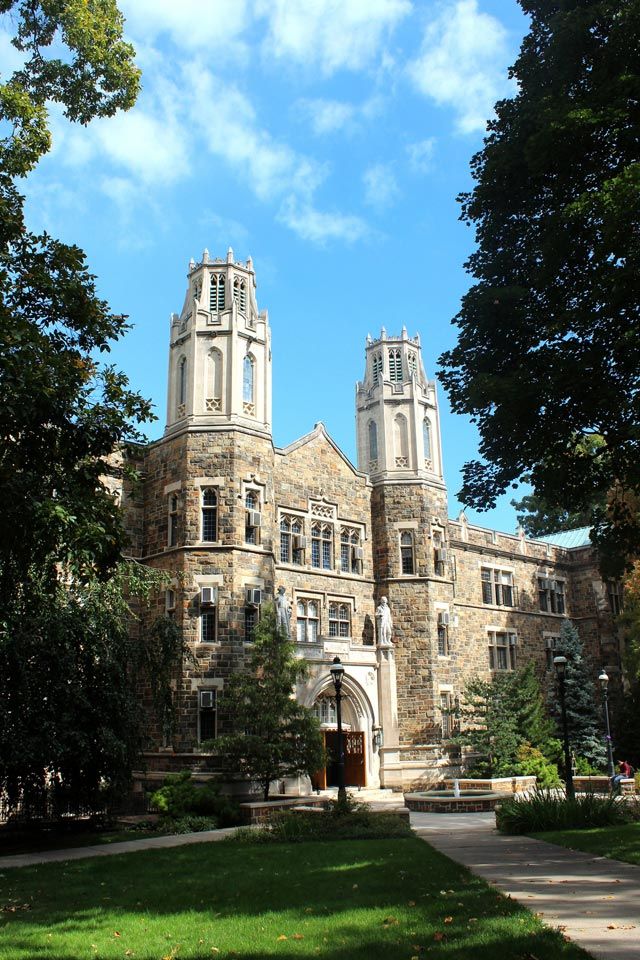As the world seeks greener sources of electrical power, researchers are paying greater attention to a new form of renewable energy called marine hydrokinetic energy. MHK technologies seek to tap the kinetic energy of the waves in a water body without obstructing water flow.
According to a 2006 study by the Electric Power Research Institute, says Arindam Banerjee, the continental U.S. has a potential capacity of 12.6 gigawatts of hydrokinetic power, of which a mere 0.9 percent, or 115 megawatts, is used for commercial power production.
Unlike wind and solar, says Banerjee, an assistant professor of mechanical engineering and mechanics, MHK energy offers a steady and predictable source of power. “We have long been using hydro turbines, and the technology associated with dams is well-established,” says Banerjee. “The problem with traditional hydro is there aren’t too many sources right now—you can only dam a river once. And doing so poses huge environmental and financial costs.
“Our goal is to harness energy from ocean waves, ocean currents, and river currents, manmade channels like canals, and tidal estuaries that have bidirectional flow.”
To harness hydrokinetic energy (HKE), turbine-like devices placed in water bodies convert the kinetic energy from the natural flow of water into a power source. About 70 percent of the earth is covered in water, but Banerjee says several challenges must be solved before HKE devices can compete with other renewables. First, an understanding of their component and system-hydrodynamics is essential for successful deployment and operation.
Other questions remain. At what rate should turbines rotate in the water? What natural disturbances occur in a water flow? At what depth should turbines be installed, how frequently should they be maintained and how long can turbine materials last in underwater conditions? Cost-effectiveness is also critical. “In order to get major power companies to utilize and invest in this kind of technology, we need to generate hydrokinetic power at $0.06 per kilowatt hour,” says Banerjee.
Banerjee and his students work on river and wave-based harvesting technologies in an effort to shed light on the hydrodynamics of HKE devices, their behavior in water and how they can be designed to enhance the amount of energy captured.
The group is modeling, simulating and conducting experiments on two technologies. The first employs a hydrokinetic turbine (HKT) that captures kinetic energy when water flowing across or through a rotor rotates an electromechanical energy converter and generates electricity without diverting flow path. Unlike traditional hydro-turbines that are large-head devices, HKTs are lift-drag devices. They operate with a principle of action similar to wind turbines except that water’s density is 800 times greater than that of air.
The second technology harvests energy from enhanced vortex-induced vibrations (e-VIV), which occur when fluid flows past a bluff body like a cylinder or sphere. Engineers have traditionally sought to mitigate VIV to reduce or prevent catastrophic structural failures in devices like heat exchanger tubes, in bridges and buildings, and in vehicles.
Banerjee’s group is seeking to enhance VIV, constrain vibrations to a single rectilinear motion and use innovative power conversion techniques to harvest energy.
Banerjee’s HKE research has been funded by the Office of Naval Research.

